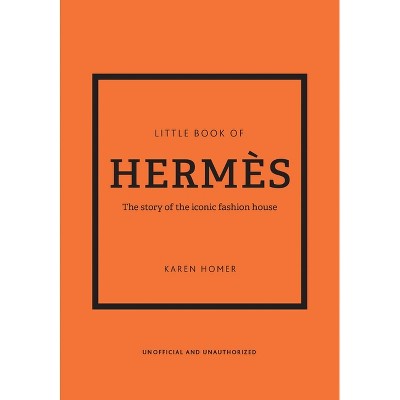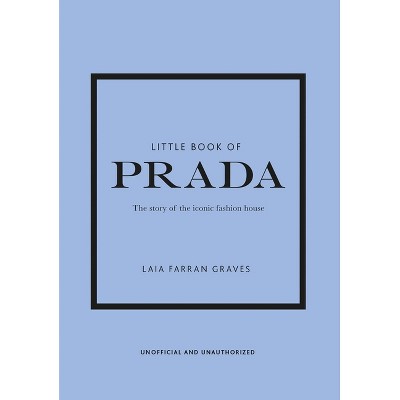Silver - (Proceedings of the British Academy) by Helen Hills (Hardcover)

About this item
Highlights
- Silver transformed and convulsed the early modern world.
- About the Author: Helen Hills is Professor Emerita at the University of York, where she became the first woman Professor of History of Art in 2008.
- 272 Pages
- Art, Decorative Arts
- Series Name: Proceedings of the British Academy
Description
About the Book
Silver: Transformational Matter presents essays by anthropologists, art historians, and historians which explore the history of silver, incorporating mining, trade, colonialism, and Indigenous expertise.
Book Synopsis
Silver transformed and convulsed the early modern world. Silver, even more than gold, occupied a deeply charged intersection of forces and dynamics -- philosophical, religious, material, telluric, economic, colonialist, social, cultural, and courtly -- that traversed and profoundly altered the world. Silver from the so-called 'New World' bankrolled and justified the Spanish monarchy in its landgrab, wars, and empire building in both the Americas and in Europe. The great mountain of fabulously rich silver, Cerro Ricco in Potosí, relentlessly exploited by the Spanish invaders from 1545, irrevocably changed power relations, empires, and entire social and environmental ecologies across the globe. Accelerating global commerce and the growth of capitalism, trade in silver intensified the accumulation of capital and uneven trade balances, and enhanced the wealth of northern Europe at the expense of the Global South, particularly of Latin America. This wealth helped jump start the Industrial Revolution a century later.
Silver: Transformational Matter draws together essays by leading anthropologists, art historians, and historians to rethink silver across diverse fields and bring into context mining, trade, the Spanish empire and colonialism, Indigenous expertise, high-end Islamic and European silver artifacts, philosophical and alchemical erudition, and the shimmer of silver in textiles and moonlight. The emphasis in this collection is on early modern silver (ca.1545-ca.1700), since that was the crux and highpoint of its economic, artistic, and colonialist triumph, but any notion of a homogeneous historical 'period' is strongly resisted. Time and place were splintered by silver, as well as brought into relation by it.About the Author
Helen Hills is Professor Emerita at the University of York, where she became the first woman Professor of History of Art in 2008. She has published widely on Italian baroque art and architecture, gender and architecture, and has particular interests in the inter-relationships amongst religious practices, architecture, social class, gender, and sexuality. Her work seeks to push the boundaries of the discipline.
Shipping details
Return details
Trending Art, Photography & Design Books






Discover more options





